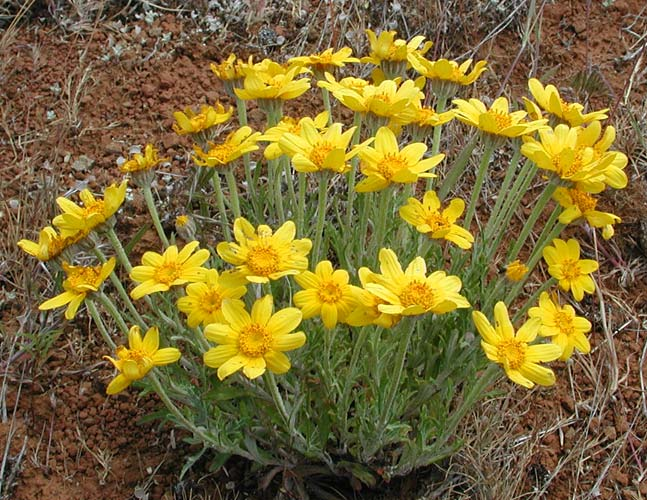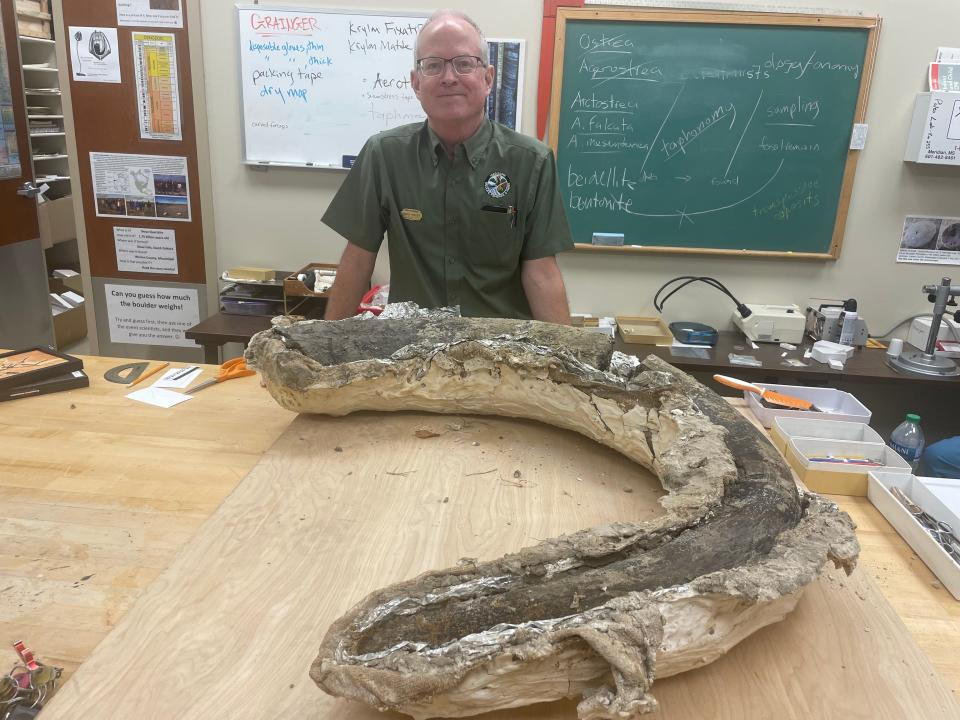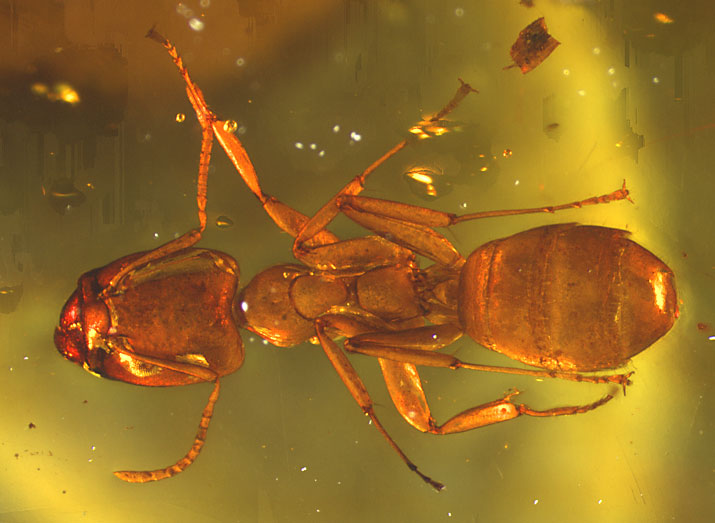The wooly devil sunflower, known scientifically as Ovicula biradiata, has captured the attention of botanists and nature enthusiasts alike after its recent discovery in Big Bend National Park. This remarkable finding marks the identification of a new genus and species in a U.S. national park for the first time in nearly fifty years, showcasing the ongoing potential for desert plant discoveries in this iconic landscape. With its small, fuzzy leaves and striking maroon-striped rays, the wooly devil stands out among the typically vibrant members of the sunflower family. Found in rocky and dry habitats, this unique plant highlights the importance of preserving biodiversity within fragile environments, especially as climate change poses threats to specialized flora. The story of the wooly devil sunflower exemplifies how even well-studied regions like Big Bend can offer surprises that enrich our understanding of plant life in America’s national parks.
Known as the “wooly devil,” Ovicula biradiata is a fascinating new entry in the sunflower lineage, revealing the rich floral diversity found within Big Bend National Park. This new plant species adds to the growing list of discoveries that emphasize the importance of conservation efforts in desert ecosystems. Botanists have long recognized that areas such as Big Bend hold untapped biodiversity, but the wooly devil serves as a potent reminder that there are still countless flora waiting to be identified. Each new species highlights the intricate adaptations of desert plants that have evolved to survive in arid conditions, making their conservation all the more critical. As researchers continue to explore these arid landscapes, they shed light on the delicate balance of life that thrives in such extreme environments.
The Discovery of Ovicula biradiata in Big Bend National Park
In a groundbreaking discovery, researchers have identified a new plant species in the arid landscapes of Big Bend National Park, Texas. Officially named Ovicula biradiata, this plant marks a significant finding within the sunflower family and establishes a new genus, reflecting the remarkable diversity that can still be found in well-explored areas. The flower was spotted by a park volunteer and has since drawn the attention of botanists and plant enthusiasts alike, highlighting the importance of citizen science in uncovering hidden gems of biodiversity in national parks.
This exciting discovery emphasizes the ongoing need for exploration and research in ecosystems that may seem familiar. Even in such extensively studied locales, astonishing new plant species such as the wooly devil continue to emerge. The research team aims to shed light on the species’ unique characteristics, including its adaptation to desert conditions, marking Ovicula biradiata’s significance in the broader context of plant classifications and ecological studies, particularly as it relates to the environment of Big Bend National Park.
Understanding the Adaptations of the Wooly Devil Sunflower
The wooly devil sunflower thrives in challenging rocky terrains, showcasing specialized adaptations that allow it to survive in a harsh desert climate. Its hairy white leaves and maroon-striped ray florets not only provide unique aesthetic qualities but also serve specific survival functions in response to extreme weather conditions. Plants like Ovicula biradiata have evolved intricate mechanisms to store water and manage limited resources efficiently, making them vital players in maintaining ecological balance within fragile desert ecosystems.
As climate change accelerates environmental alterations, understanding the adaptations of the wooly devil and similar species becomes critical. These plants represent a crucial lineage of flora that has survived through adversity. Future research will not only focus on their life cycles and reproductive strategies but will also examine the potential risks they face, as hotter and drier conditions could threaten their very existence. The wooly devil sunflower stands as a testament to the resilience of desert plant life and the importance of conserving such unique biodiversity.
Exploring the Genetics of Ovicula biradiata and Its Implications for Ecology and Medicine
Delving into the genetic makeup of Ovicula biradiata reveals intriguing connections to its relatives within the sunflower family. Researchers have identified unique genetic markers that set the wooly devil apart from other plants, which not only underscores its distinction as a new genus but also its evolutionary trajectory. By comparing DNA sequences of Ovicula biradiata against other specimens, scientists can gather valuable insights into the adaptive strategies employed by desert species, revealing how plant life can evolve in isolated ecosystems like Big Bend National Park.
Moreover, the potential medicinal properties found within the wooly devil’s tissues evoke excitement amongst researchers. Members of the sunflower family are known to harbor compounds with anti-cancer and anti-inflammatory effects. While confirmation of similar properties in this new species is yet to be established, the wooly devil represents a promising frontier for future biopharmaceutical discoveries. As botanists continue to explore the intricate worlds of desert flora, they emphasize the crucial need for plant conservation—to not only protect these ecological treasures but also preserve potential resources for medicine and science.
Citizen Science and Its Role in Plant Discoveries
The discovery of Ovicula biradiata highlights the critical role that citizen science plays in contributing to our understanding of biodiversity. A park volunteer’s observation of the wooly devil sunflower underscores the power of technology and community involvement in scientific research. Apps like iNaturalist enable amateur naturalists and ecologists to document their findings, fostering a collaborative effort that can lead to significant discoveries even in locations that are considered well-explored, such as Big Bend National Park.
This model of engagement not only enriches scientific databases but also empowers the public to connect with nature and contribute actively to botanical research. By encouraging participation, conservation experts can gather invaluable data on plant populations, monitor changes in ecosystems, and ultimately work towards preserving biodiversity. The case of the wooly devil sunflower serves as a prime example of how community-led efforts can spark academic interest, leading to potential discoveries that may otherwise remain undiscovered.
The Ecological Importance of the Wooly Devil in Desert Ecosystems
Ovicula biradiata, or the wooly devil, is more than just a new addition to the sunflower family; it plays a significant ecological role within its environment. Found primarily in rocky, dry habitats, this plant provides essential resources for local wildlife, contributing to the overall health of desert ecosystems. Its unique adaptations enable it to flourish in conditions where other plants struggle, thereby maintaining biological diversity and stability in fragile habitats like those found in Big Bend National Park.
Furthermore, the presence of the wooly devil sunflower highlights the intricate relationships between plant species and their ecosystems. As these plants are typically among the first to bloom after rainfall, they offer critical sustenance to pollinators and herbivores, especially in arid environments where food sources are sparse. By understanding the ecological dynamics involving Ovicula biradiata, scientists can better grasp the complexities of desert plant communities and the importance of safeguarding such unique species from the impacts of climate change.
Future Research Directions for Ovicula biradiata
The identification of Ovicula biradiata opens many avenues for future research and discovery. Ongoing studies aim to investigate the species’ distribution, growth habits, and reproductive processes, providing deeper insights into its life cycle. Botanists are particularly interested in whether the wooly devil can survive shifting climatic conditions and how these changes might impact its limited populations in Big Bend National Park. As researchers gather more data, they hope to determine if there are other undiscovered populations of this unique plant hidden within the surrounding deserts.
With the pressing challenges posed by climate change, the research surrounding Ovicula biradiata becomes even more pertinent. Understanding this plant’s adaptations not only informs conservation strategies for the wooly devil but may also shed light on the resilience of other desert flora. The implications extend beyond botany; identifying how such plants withstand environmental stress could provide insights applicable to agriculture or medicinal plant research, showcasing the interconnectedness of biodiversity and human innovation.
Cultural and Historical Significance of Plant Discoveries in National Parks
National parks like Big Bend serve as a living archive of biodiversity, where each discovery enriches our cultural and historical legacy. Ovicula biradiata, as a newly identified species, symbolizes the untold stories of flora that have thrived for millennia. As visitors explore these diverse landscapes, they connect with the natural heritage that has shaped human interaction and understanding of the environment, illustrating the importance of conservation efforts in preserving not just plants, but cultural narratives associated with them.
The evolution of plant discoveries within national parks also reflects changing scientific paradigms and methodologies. Direct involvement in plant identification and classification has shifted from strictly professional realms to include community engagement through platforms like iNaturalist. This democratization of science enhances public awareness and appreciation for plant life, fostering a shared responsibility toward environmental stewardship, which is crucial in times of ecological uncertainty.
Wooly Devil and the Future of Desert Plant Discoveries
The ongoing exploration of plant species like Ovicula biradiata not only adds to our understanding of desert ecosystems but also raises hopes for future discoveries within the sunflower family. As researchers continue to study the wooly devil and its adaptations, there is the potential for even greater discoveries that can reveal unrecognized biodiversity in similar climates. Such ongoing surveys and scientific inquiries stand as a reminder that every desert holds stories and secrets waiting to be uncovered.
With the rise of citizen science and advancements in technology, the future seems promising for uncovering unknown flora. Each new discovery contributes to a more comprehensive understanding of plant evolution, diversity, and the need for conservation. As scientists document the characteristics and ecological roles of plants like the wooly devil, they not only preserve a piece of natural history but also inspire new generations to care for and explore the world around them.
Frequently Asked Questions
What is the wooly devil sunflower and where was it discovered?
The wooly devil sunflower, scientifically known as Ovicula biradiata, is a newly discovered member of the sunflower family found in Big Bend National Park, Texas. This plant has distinct features, such as hairy white leaves and maroon-striped ray florets.
Why is the wooly devil sunflower considered a new plant species?
The wooly devil sunflower is classified as a new species because genetic analysis showed it is distinct enough from its closest relatives to warrant a new genus. This discovery highlights the biodiversity of even well-studied areas like Big Bend National Park.
What unique adaptations does the wooly devil sunflower have for desert life?
The wooly devil sunflower is adapted to desert conditions, thriving in rocky, dry habitats. It has evolved to survive extreme drought and floods, blooming only after rainfall, which is characteristic of many desert plants.
How does the name ‘wooly devil sunflower’ relate to its physical characteristics?
The name ‘wooly devil sunflower’ refers to its fluffy, hairy leaves, drawing from the term ‘wooly’ and its unique appearance, which sets it apart from typical sunflowers that are more vibrant and radiant.
What role does Ovicula biradiata play in the ecosystem of Big Bend National Park?
As a newly identified species, the wooly devil sunflower contributes to the biodiversity of Big Bend National Park’s ecosystems. Its adaptations to desert climates may also provide insights into plant resilience in the face of climate change.
Are there any conservation concerns for the wooly devil sunflower?
Yes, conservation concerns exist for the wooly devil sunflower due to its limited distribution, as it has been observed in only three locations in Big Bend National Park. Climate change poses risks to its survival as desert conditions become more extreme.
What is the significance of the discovery of the wooly devil sunflower?
The discovery of the wooly devil sunflower is significant because it marks the first identification of a new plant genus and species in a U.S. national park in almost fifty years, emphasizing ongoing research and the need to explore even familiar environments for new species.
Who discovered the wooly devil sunflower and how was it identified?
The wooly devil sunflower was first spotted by a park volunteer in March 2024, who shared the sighting on the iNaturalist app. Subsequent genetic analysis confirmed its classification as a new species within the sunflower family.
| Key Point | Details |
|---|---|
| Discovery of New Plant | Ovicula biradiata, nicknamed the ‘wooly devil’, was discovered in Big Bend National Park, marking the identification of a new genus and species in a U.S. national park for nearly 50 years. |
| Scientific Documentation | The discovery was documented in a study published in February in the journal PhytoKeys, highlighting ongoing botanical discoveries even in well-studied areas. |
| Plant Description | The wooly devil has hairy white leaves and maroon-striped ray florets, adapted to grow in rocky soil and dry habitats. |
| Ecological Significance | As a desert plant, the wooly devil possesses unique adaptations to survive extreme environmental conditions, though it faces threats from climate change. |
| Etymology | The name ‘Ovicula’ means ‘tiny sheep’, referring to its fluffy leaves, while ‘biradiata’ signifies its maroon stripes. |
| Future Research | Continued research aims to explore the wooly devil’s life cycle, reproductive processes, and potential medicinal properties. |
Summary
The wooly devil sunflower is an exciting new discovery that showcases the hidden biodiversity present in Big Bend National Park. Identified as Ovicula biradiata, this unique plant demonstrates remarkable adaptations to its rocky and arid environment, highlighting the ongoing importance of biodiversity studies. As climate change poses increasingly severe risks to such specialized species, the continued study of the wooly devil is critical both for ecological understanding and the preservation of plant diversity.



